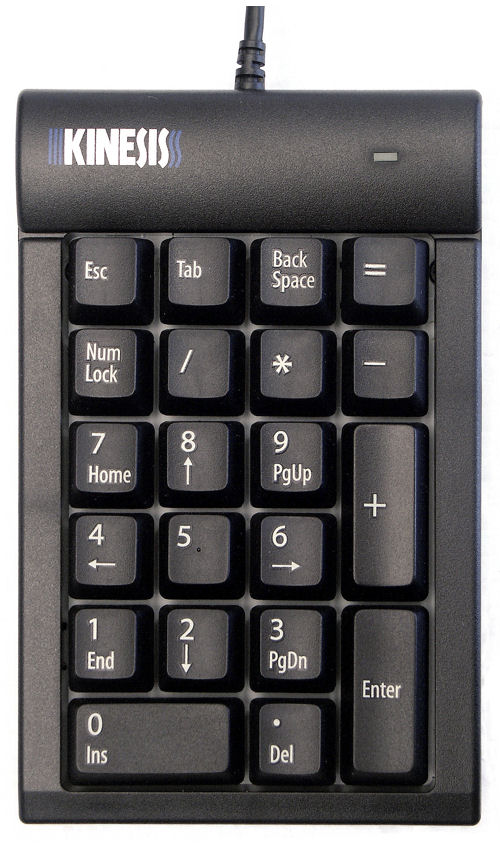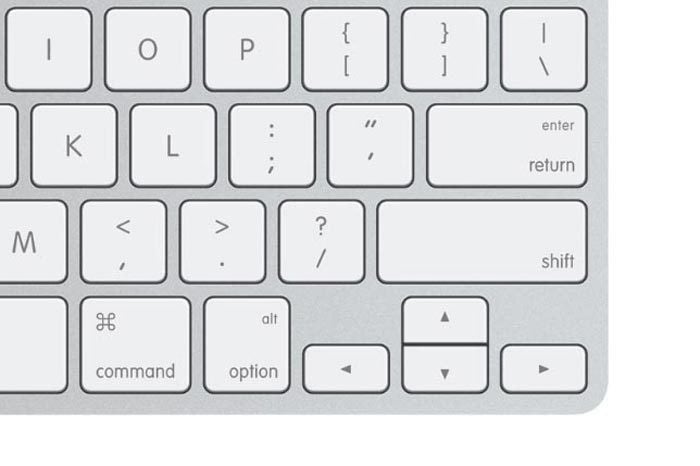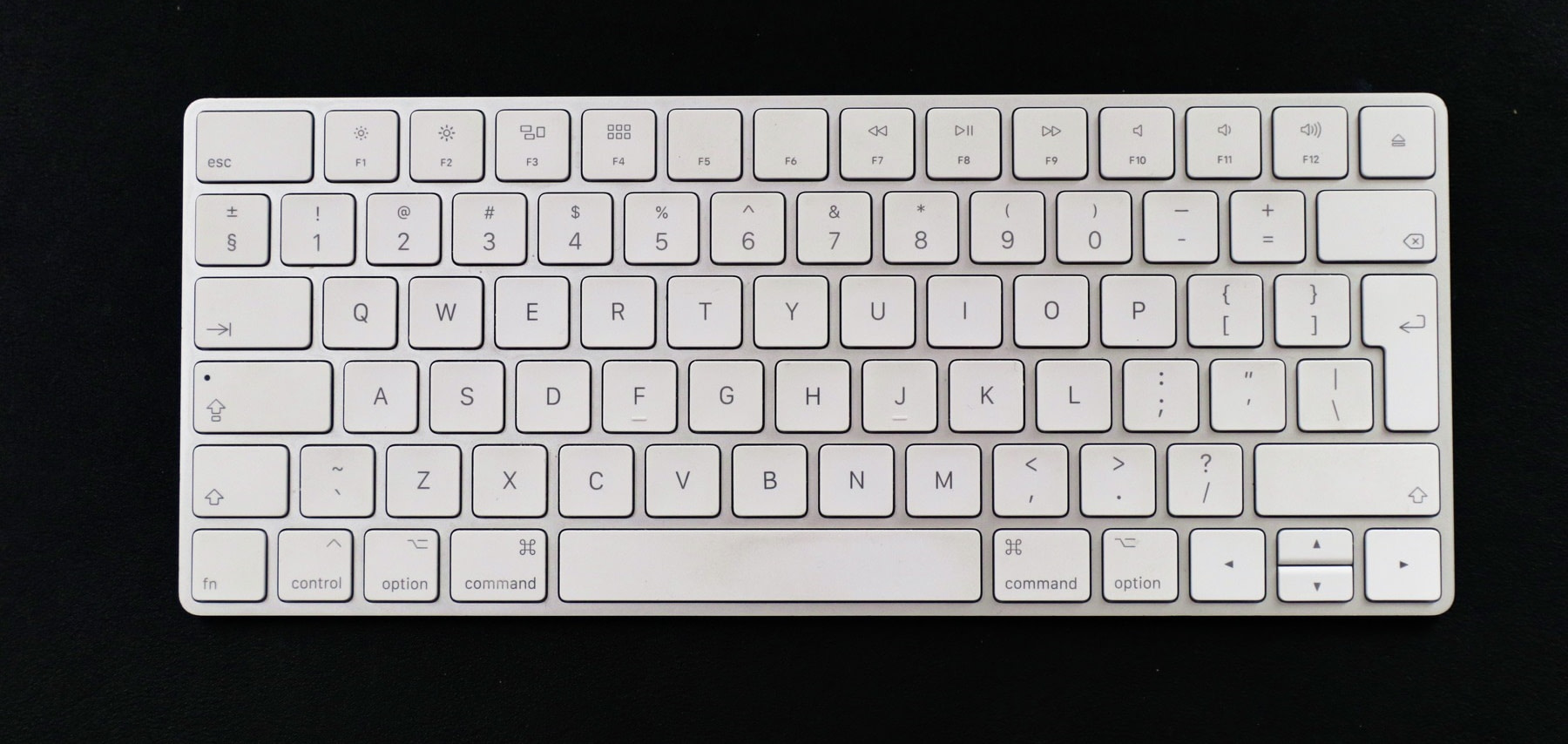Mac Keypad
Almost all applications support Spanish accents. Guidelines for typing and using accents are given below. If you need to refer to additional characters, look under the Accents section.
Find & download drivers & user guides for Targus products like docking stations, USB hubs, mice, keyboards & more. Search by model name & serial number or browse by product type. Mac Pro (2019) MacBook Air (M1, 2020) MacBook Air (Retina, 13-inch, 2020).
Page Contents

- Accent Codes
- Language Codes (Spain and Latin America)
- Language Code:
es
- Language Code:
Windows ALT Codes
In Windows, combinations of the ALT key plus a numeric code from the number keypad can be used to type a non-English character in any Windows application.
See the detailed instructions on the ALT Code How To for complete information on implementing the code. Additional options for entering accents in Windows are also listed in the Accents section of this Web site.
Spanish ALT Codes
| Vwl | ALT Code |
|---|---|
| Á | ALT+0193 |
| É | ALT+0201 |
| Í | ALT+0205 |
| Ó | ALT+0211 |
| Ú | ALT+0218 |
| Ñ | ALT+0209 |
| Ü | ALT+0220 |
| Vwl | ALT Code |
|---|---|
| á | ALT+0225 |
| é | ALT+0233 |
| í | ALT+0237 |
| ó | ALT+0243 |
| ú | ALT+0250 |
| ñ | ALT+0241 |
| ü | ALT+0252 |
| Sym | ALT Code |
|---|---|
| ¿ | ALT+0191 |
| ¡ | ALT+0161 |
| º | ALT+0186 (Masculine Ordinal) |
| ª | ALT+0170 (Feminine Ordinal) |
| « | ALT+0171 (Left Angle Quote) |
| » | ALT+0187 (Right Angle Quote) |
| € | ALT+0128 |
Quick Examples
- To input capital Á (ALT+0193), hold down the ALT key then type 0193 (all four digits) on the numeric keypad. The ALT codes do not work with the row of number keys on the top.
- To input lowercase á (ALT+0225), change the code from 0193 to 0225.
See the ALT Code How To for complete information on implementing the code.
Windows International Keyboard Codes
In order to use these codes you must activate the U.S. international keyboard.
Once the U.S. International keyboard has been activated, you can use the codes below.
| Character | Description |
|---|---|
| Acute Accent (e.g.Ó) | (‘+V) – Type apostrophe (singe quote), then the vowel. |
| Ñ,ñ | Type SHIFT+~, then either lowercase n or capital N. |
| Ü, ü | ('+V) – Type apostrophe (singe quote), then lowercase or capital U. |
| ¿ | RightAlt+? (You must use the Alt key on the Right) |
| ¡ | RightAlt+1 |
| «, » | RightAlt+[ |
| € | Control+RightAlt+5 |
Windows Spanish Keyboard
If you wish to simulate a non U.S. keyboard, follow the instructions for
Activating Keyboard Locales to activate and switch Microsoft keyboards. M1 milliohm meter kit.
Macintosh Accent Codes
The Option codes below work in any Mac application.
| Character | Description |
|---|---|
| Acute Accent (e.g.Ó) | Type Option+E, then the vowel. For instance, to type á |
| Ñ,ñ | Type Option+N, then either lowercase N for ñ |
| Ü, ü | Type Option+U, then either lowercase U for ü |
| ¿ | Shift+Option+? |
| ¡ | Option+1 |
| º, ª | Option+0 (Masculine Ordinal Number Marker) |
| «, » | Option+ |
| € | Shift+Option+2 (may not work for older System 9 fonts) |
Spanish Web Pages
If you are developing Web pages with Spanish content, the following information can make sure that the content is properly displayed.
Historical Encodings
Unicode (utf-8) is the preferred encoding for Web sites. However, the following historic encodings may still be encountered.
iso-8859-1(Latin 1),iso-8859-15(adds support for the euro (€)win-1252
Mac Keypad
If possible, you should transition to Unicode.
Language Tags (Spain and Latin America)
Language Tags allow browsers and other software to process text more efficiently. They are also important for optimal screen reader accessibility.
Below are some common codes that might be used in the Hispanophone world.
Spanish and Major Dialects
The code es for Spanish is sufficient for most uses, but other dialectal codes could be useful in some situations
es(Spanish),es-ES(Castillian/ Spain)es-MX(Latin American/Mexico)es-AR(Argentinian)- Other country codes (ISO 3166-1-alpha-2)
Historical Stages
osp(Old Spanish)
Spain Minority Languages
eu(Basque),an(Aragaonese)au(Asturian/Leon)ca(Catalan)ga(Galician)ly(Ladino/Judeo-Spanish)
Latin American Minority Languages
The codes below represent macrolanguages. For codes relating to specific regions, see the Ethnologue.
ay(Aymara)ayr(Aymara Altiplano)gn(Guaraní/Tupi)qu(Quechua)zap(Zapotec)
See the Ethnologue for additional language codes by country.
HTML Entity Codes
Although typing accented letters directly into Web pages is possible, the following codes may needed in some Web platforms to ensure that a Spanish character is correctly displayed.
Use these codes to input accented letters in HTML. For instance, if you want to type señor you would type señor.
The numbers in parentheses are the numeric codes assigned in Unicode encoding. For instance, because ñ is number 241, señor can also be used to input señor. These numbers are also used with the Windows Alt codes listed above.
Spanish HTML Entity Codes
| Vwl | Entity Code |
|---|---|
| Á | Á (193) |
| É | É (201) |
| Í | Í (205) |
| Ó | Ó (211) |
| Ú | Ú (218) |
| Ñ | Ñ (209) |
| Ü | Ü (220) |
| Vwl | Entity Code |
|---|---|
| á | á (225) |
| é | é (233) |
| í | í(237) |
| ó | ó (243) |
| ú | ú (250) |
| ñ | ñ (241) |
| ü | ü (252) |
| Sym | Entity Code |
|---|---|
| ¿ | ¿ (191) |
| ¡ | ¡ (161) |
| º | º (186) |
| ª | ª (170) |
| « | « (171) |
| » | » (187) |
| ‹ | ‹ |
| › | › |
| € | € |
Note: Older browsers may not the suport single angle codes (‹ / › for ‹ and ›).
Links
Linux/Unix
Most content in Spanish.

Selected Minority Languages
Aymara
Aymara is an Andean language spoken in Bolivia, Peru, Argentina and Chile. It is distinct from the Quechua language spoken by the Incan elite.
Basque (Euskara)
A non-related language spoken in the border between France and Spain.
Catalan/Valencian
See the Catalan page for more information.
Galician
Mac miller happy download. A Romance language related to Spanish and Portuguese spoken on the northwestern portion of Spain north of Portugal.
Guaraní

Guaraní is widely spoken in Paraguay and is an official language there. Guaraní is part of the Guaraní-Tupi language family found in Eastern South America including Brazil.
- Guaraní (University of Mainz) – in Spanish
Ladino/Judeo-Spanish
Turn On Number Keypad Mac
A form of Spanish as spoken by the medieval Jewish community. Most Ladino speakers were expelled from Spain in the late 1490s, but settled elsewhere in the Middle East.
Quechua
This was formerly the language of the Inca Empire and modern versions of Quechua are still spoken in pars of Bolivia, Peru and Ecuador.
Macbook Pro Touchpad Not Working
Zapotec
This is actually a set of related languages from Oaxaca Mexico and nearby regions.
Control accessibility options with your keyboard and Siri
You can use these keyboard shortcuts to control accessibility options, or ask Siri to perform these functions. For example, ask Siri to ”Turn VoiceOver On.”
| Action | Shortcut |
|---|---|
| Display Accessibility Options | Option-Command-F5 or triple-press Touch ID (power button) on supported models1 |
| Turn VoiceOver on or off2 | Command-F5 or Fn-Command-F5 or hold Command and triple-press Touch ID on supported models1 |
| Open VoiceOver Utility, if VoiceOver is turned on2 | Control-Option-F8 or Fn-Control-Option-F8 |
| Turn zoom on or off3 | Option-Command-8 |
| Zoom in3 | Option–Command–Plus sign (+) |
| Zoom out3 | Option–Command–Minus sign (-) |
| Invert colors4 | Control-Option-Command-8 |
| Reduce contrast | Control-Option-Command-Comma (,) |
| Increase contrast | Control-Option-Command-Period (.) |
1. MacBook Pro (15-inch, Late 2016), MacBook Pro (13-inch, Late 2016, Four Thunderbolt 3 Ports)
2. To use VoiceOver and VoiceOver Utility, you might need to turn on 'Use all F1, F2, etc. keys as standard function keys' in Keyboard preferences. You might also need to make VoiceOver ignore the next key press before you can use some of the other Mac keyboard shortcuts.
3. To use the zoom shortcuts, you might need to turn on 'Use keyboard shortcuts to zoom' in Accessibility preferences.
4. To enable this shortcut, choose Apple menu > System Preferences, then click Keyboard. In the Shortcuts tab, select Accessibility on the left, then select ”Invert colors” on the right.
Use your keyboard like a mouse

You can use your keyboard like a mouse to navigate and interact with items onscreen. Use the Tab key and arrow keys to navigate, then press Space bar to select an item.
- Choose Apple menu > System Preferences, then click Keyboard.
- Click Shortcuts.
- From the bottom of the preferences window, select ”Use keyboard navigation to move focus between controls.” In macOS Mojave or earlier, this setting appears as an ”All controls” button instead.
| Action | Shortcut |
|---|---|
| Switch between navigation of all controls on the screen, or only text boxes and lists | Control-F7 or Fn-Control-F7 |
| Move to the next control | Tab |
| Move to the previous control | Shift-Tab |
| Move to the next control when a text field is selected | Control-Tab |
| Move the focus to the previous grouping of controls | Control-Shift-Tab |
| Move to the adjacent item in a list, tab group, or menu Move sliders and adjusters (Up Arrow to increase values, Down Arrow to decrease values) | Arrow keys |
| Move to a control adjacent to the text field | Control–Arrow keys |
| Choose the selected menu item | Space bar |
| Click the default button or perform the default action | Return or Enter |
| Click the Cancel button or close a menu without choosing an item | Esc |
| Move the focus to the previous panel | Control-Shift-F6 |
| Move to the status menu in the menu bar | Control-F8 or Fn-Control-F8 |
| Activate the next open window in the front app | Command–Grave accent (`) |
| Activate the previous open window in the front app | Shift–Command–Grave accent (`) |
| Move the focus to the window drawer | Option–Command–Grave accent (`) |
Navigate menus with your keyboard
To use these shortcuts, first press Control-F2 or Fn-Control-F2 to put the focus on the menu bar.
Wireless Keypad Mac
| Action | Shortcut |
|---|---|
| Move from menu to menu | Left Arrow, Right Arrow |
| Open a selected menu | Return |
| Move to menu items in the selected menu | Up Arrow, Down Arrow |
| Jump to a menu item in the selected menu | Type the menu item's name |
| Choose the selected menu item | Return |
Bluetooth Numeric Keypad Mac
Use Mouse Keys to move the mouse pointer
When Mouse Keys is turned on, you can use the keyboard or numeric keypad keys to move the mouse pointer.
| Action | Shortcut |
|---|---|
| Move up | 8 or numeric keypad 8 |
| Move down | K or numeric keypad 2 |
| Move left | U or numeric keypad 4 |
| Move right | O or numeric keypad 6 |
| Move diagonally down and to the left | J or numeric keypad 1 |
| Move diagonally down and to the right | L or numeric keypad 3 |
| Move diagonally up and to the left | 7 or numeric keypad 7 |
| Move diagonally up and to the right | 9 or numeric keypad 9 |
| Press the mouse button | I or numeric keypad 5 |
| Hold the mouse button | M or numeric keypad 0 |
| Release the mouse button | . (period) |
Learn more
- Change the behavior of the function keys or modifier keys
